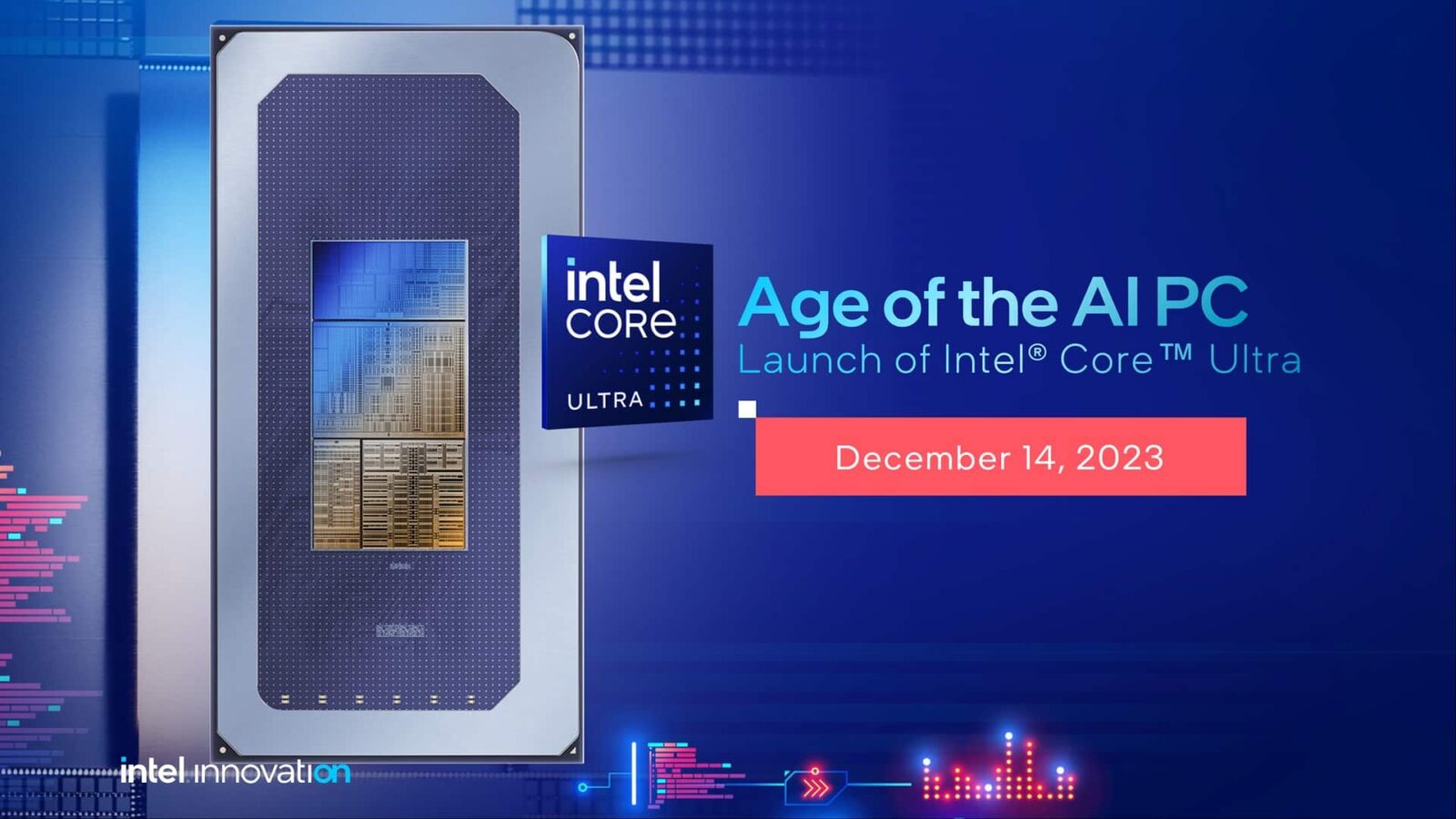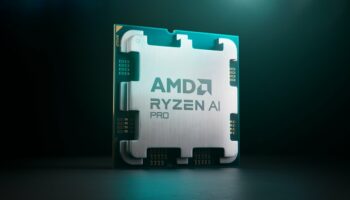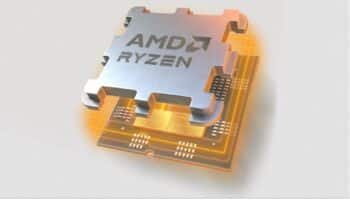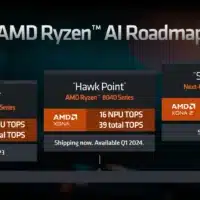Barring the late Meteor Lake launch, 2023 was quiet for Intel. The new year, however, is expected to be loaded with new releases. We’re yet to see a broader launch for the Core Ultra processors, and the 14th Gen Raptor Lake Refresh is yet to get the budget non-K SKUs. Later on, we’ve got Arrow and Lunar Lake scheduled for an autumn launch alongside the 2nd Gen Arc Battlemage lineup. Here’s a quick look at some of the truly next-gen Intel products slated to land in 2024.
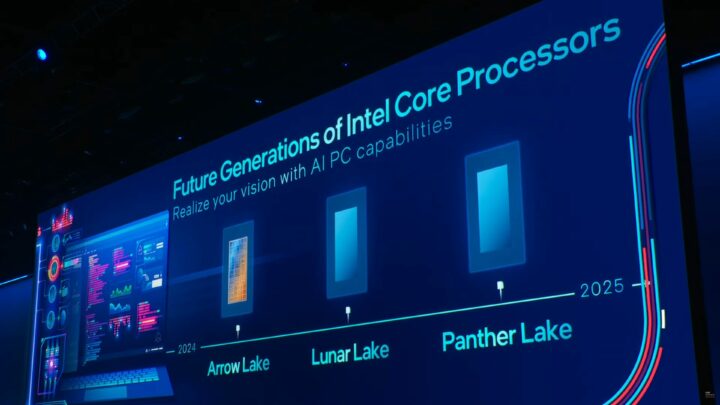
The 15th Gen Arrow Lake processors will represent Intel’s greatest performance leap since Alder Lake in H2 2021. Like Meteor Lake, they’ll leverage a chiplet (tiled) architecture consisting of a 20A (2nm) CPU die and a 4nm (TSMC N4) tGPU. The CPU cores will also upgraded to Lion Cove (P) and Skymont (E), while the iGPU will be based on the Battlemage graphics IP. The 15th Gen Arrow Lake desktop CPUs are on track to a late 2024 launch with up to 24 cores (8P + 16E).
Lunar Lake is designed as an always-on ultrabook/convertible SoC succeeding Lakefield. It’ll be fabbed on TSMC’s 3nm (N3B) node and feature up to 8 cores (4P +4E +2 LP). These chips are architecturally similar to Arrow Lake but produced by TSMC with a lower TDP of 7-15W. The launch is expected alongside the same.
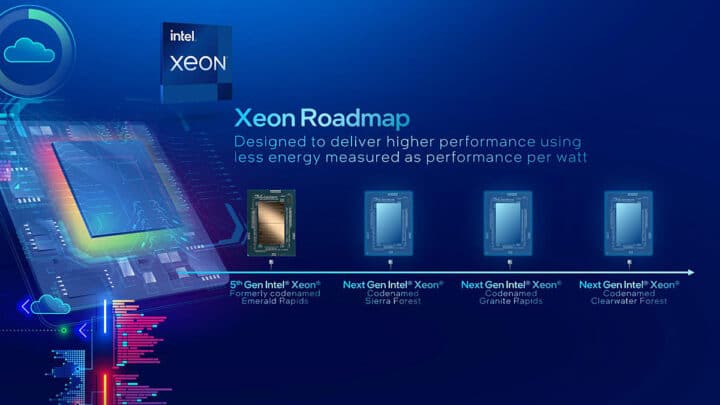
The 6th Gen Xeon Scalable processors, consisting of Sierra Forest and Granite Rapids, will launch in the second half of 2024. The former will launch first with up to 144 Crestmont “E” cores and 108MB of L3 cache. Granite will consist of three compute and two I/O dies. The core count will max out at 56, indicating 20 core chiplets, much like Sapphire Rapids. The L3 cache will be reduced (320MB on Emerald) to 288MB. Both Xeon lineups will be fabbed on the Intel 3 node.
The Arc Battlemage GPUs are also expected to launch in 2024. A sizable upgrade over Alchemist, it will pack up to 7,168 shaders and 16GB of GDDR6 memory. This would put it on par with the RTX 4070 Super, at least on paper. You can expect a large cache pool, improved ray tracing, XMX (Tensor) units, and competitive pricing. These GPUs will likely be fabbed on TSMC’s 4nm process node.
